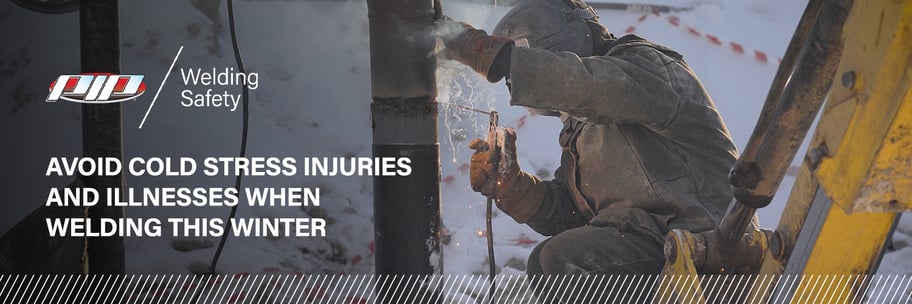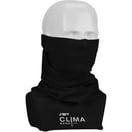- HOME
- PRODUCTS
- Arm Protection (119)
- Cold Stress (1)
- Critical Environment (170)
- Electrical Safety (133)
- Emergency Responder (37)
- Ergonomics (12)
- Eye Protection (356)
- First Aid (17)
- Hand Protection (1447)
- Head Protection (103)
- Hearing Protection (49)
- Heat Stress (37)
- Protective Clothing (454)
- Respiratory Safety (44)
- Warning Beacons (28)
- BRANDS
- CHANNELS
- Sales Tools
- NEWS, ARTICLES & EVENTS
- Log in or Sign Up
- PRODUCTS
- /// Hand Protection
- /// Hand Protection
- Chemical Resistant Gloves
- Cold Protection Gloves
- Cut Resistant Gloves
- Disposable Gloves
- Fabric Work Gloves
- General Purpose Gloves - Coated
- General Purpose Gloves - Uncoated
- Heat Protection Gloves
- High Performance Gloves
- Leather Drivers Gloves
- Leather Palm Gloves
- Parade & Uniform Gloves
- /// Head Protection
- /// Eye Protection
- /// Hearing Protection
- /// Respiratory Safety
- /// Protective Clothing
- /// Arm Protection
- /// Heat Stress
- /// Warning Beacons
- /// Cold Stress
- /// Ergonomics
- /// First Aid
- /// Welding Protection
- /// Controlled Environment
- /// Electrical Safety
- /// Emergency Responder
- /// Hand Protection
- BRANDS
- CHANNELS
- SALES TOOLS
Combat Cold Stress Injuries and Illnesses Welding in Winter Weather

Extreme cold weather is a dangerous situation that can bring on health emergencies and welders working in cold environments are no exception to this. All workers who are exposed to extreme cold are at risk of cold stress, however this blog will focus on how welders specifically can avoid injury and illness when working in winter conditions. What constitutes cold stress and its effects can vary across different areas of the country. In regions relatively unaccustomed to winter weather, near-freezing temperatures are considered factors for cold stress. Whenever temperatures drop decidedly below normal and as wind speed increases, heat can more rapidly leave your body. These weather-related conditions may lead to serious health problems which is why we’ve compiled 10 tips to help welders avoid cold stress-related injury and illness.
Follow these “Tips for Keeping Warm” when welding in colder weather to stay safe, warm, and productive this winter.
1.) Dress in layers to help stay warm

2.) Use a neck gaiter

A neck gaiter helps protect your neck and face from getting cold and wind burned.
3.) Cover your head and ears with a winter liner or face hood
Winter liners and face hoods reduce the amount of body heat that escapes from your head which is one of the primary areas where body heat escapes.
4.) Wear wool or fleece-lined insulated welding gloves
Lined welding gloves provide protection against sparks but also provide warmth to help protect against the elements.
5.) Wear insulated and waterproof boots with wool socks to keep feet warm and dry
When it's cold out, your feet will be toasty and warm in your wool socks. Wool can absorb a high amount of moisture, much more than cotton, and can hold a third of its weight in moisture before it even starts to feel "wet." Wool keeps its insulating properties while wet, which is perfect for sweaty feet. A waterproof work boot will keep you safe from getting your toes and feet wet, which will prevent you from dealing with any illnesses.
To stay warm on the job, it is imperative that you trap any heat loss from your feet and this is accomplished by wearing insulated work boots.
6.) Do your best to stay dry
Moisture or dampness from sweating can increase the rate of heat loss from the body. Keep extra clothing on-hand in case you get wet and need to change.
7.) Stay hydrated
Drink warm, sweetened fluids (it goes without saying that they should not include alcohol) throughout your shift and make sure you have a thermos® of your hot beverage of choice readily available to warm you up.
8.) Fuel your body with something warm and eat plenty of calories
Make sure to have a hearty hot meal at lunchtime or bring an extra thermos® full of soup. Your body expends a lot of energy when working in the cold, so it’s important to keep it fueled up. Consider having an extra meal during the day or doubling up on portions on colder days.
9.) Keep moving
The body generates heat through movement which is why it’s important to keep moving when you're working outside in the cold. Of course, if your body movement starts generating too much heat, it’s going to cause sweating which can be bad. Try to find a balance between enough clothes and enough movement to stay warm and dry.
10.) Take breaks inside
Move into warm locations during work breaks and limit the amount of time outside on extremely cold days.
Do you have questions about this blog or are you interested in learning more about the products discussed?
Click HERE to contact your local PIP® Sales Representative today or drop us a comment below!
Winter is Coming… Are You Ready?
Like it or not, winter will be here before we all know it. And now is the best time to start...Have You Considered North American Made PPE?
U.S. Infrastructure construction is expected to see substantial growth through 2026. On August...Construction Safety Week 2021: Trending Safety Solutions In Construction
According to OSHA, the continuously evolving construction industry accounts for one in five...Proposition 65 | Privacy Policy | Contact Us | Full Site
© 2012-2026Protective Industrial Products, Inc. All rights reserved.








